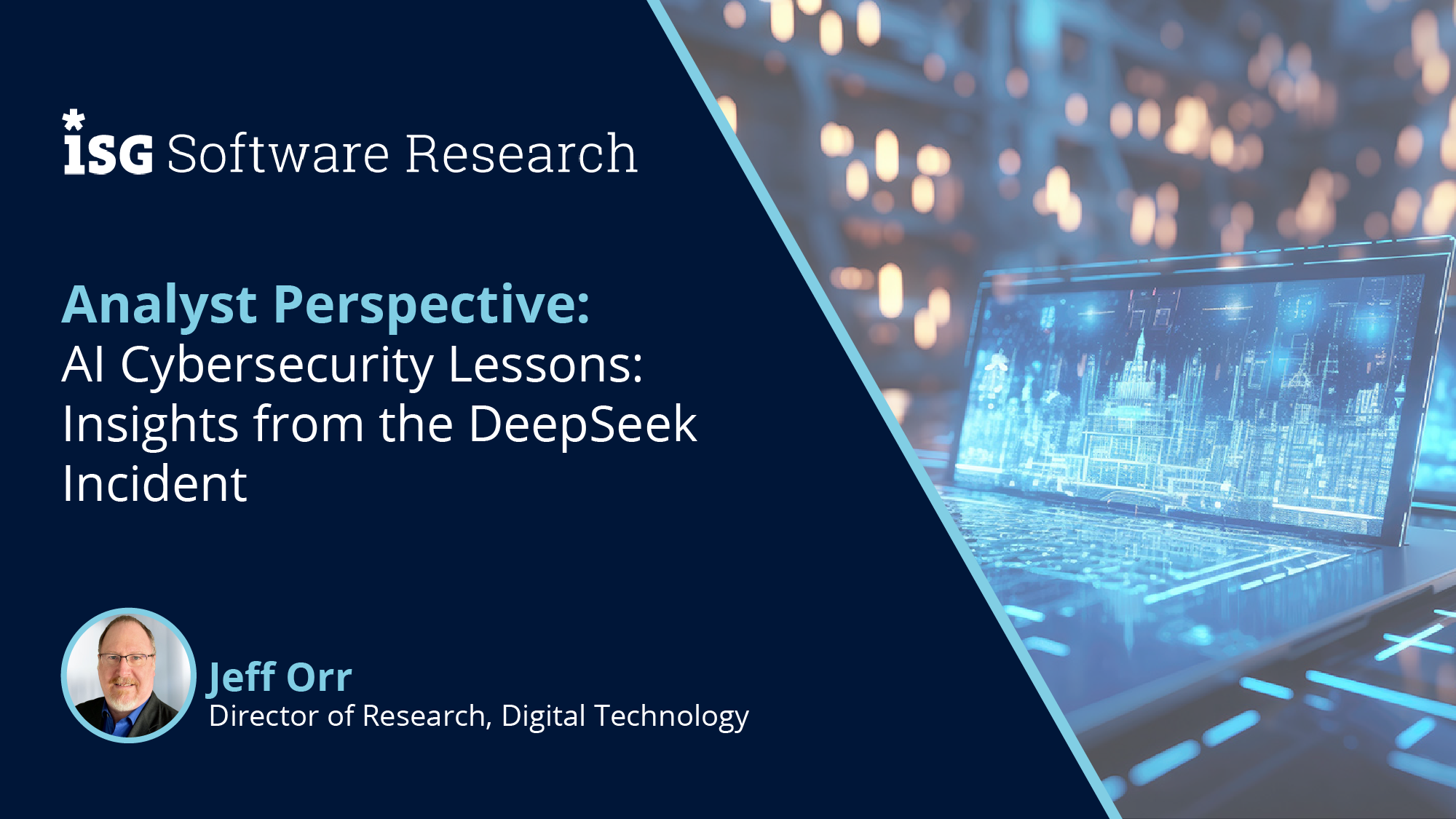In a defining moment for the artificial intelligence (AI) sector, the recent breach involving Chinese company Liang Wenfeng (makers of DeepSeek AI) has shed light on the emerging cyber threats that challenge the industry. The reported incident revealed that DeepSeek AI had left its ClickHouse database accessible to the public, exposing over one million lines of log entry data. This data included chat histories, secret keys and other sensitive information. Further complicating matters, Microsoft suspects that DeepSeek AI misused OpenAI APIs to harvest substantial amounts of data, potentially infringing on intellectual property rights. This scenario was addressed within an hour of it being reported, though it highlights two critical issues: unauthorized data access and the risk of intellectual property theft among AI firms, both of which demand immediate attention from IT leaders and cybersecurity professionals.
The alleged vulnerability of DeepSeek AI raises pressing questions about who might have exfiltrated this compromised data and how such an incident could occur unnoticed. Malicious hackers, corporate competitors or perhaps even insiders with access could have utilized automated scripts or exploited existing system vulnerabilities to access this sensitive information. With public accessibility to the database, even rudimentary SQL queries could have enabled unauthorized users to extract valuable data.
In response to such vulnerabilities, AI companies must fortify their cybersecurity postures by implementing a multi-layered security strategy. Here are some key practices to consider:
- Access Controls: Establishing strict access mechanisms to restrict data access solely to authorized personnel.
- Data Encryption: Employing robust encryption protocols both at rest and during transmission to safeguard sensitive information.
- Network Segmentation: Dividing networks into manageable segments to minimize potential attack surfaces and isolate critical data.
- Continuous Monitoring: Monitoring systems in real-time for anomalies or unauthorized access attempts.
- Regular Security Audits: Conducting timely assessments of security configurations, vulnerabilities and protocols to proactively identify weaknesses.
As the AI sector matures, several vulnerable points in AI development and deployment require immediate attention. Notable vulnerabilities include the management of sensitive data, API security risks, the security posture of third-party integrations and model governance surrounding the use of proprietary data. Enterprises must place a concentrated focus on securing these fragile points to prevent future data exposures.
Balancing rapid innovation in AI with robust security measures is paramount. To achieve this balance effectively, AI companies should consider the following strategies:
- Adopt Agile Security Practices: Incorporating security considerations into the DevOps lifecycle accelerates the alignment of innovation and security.
 We assert that through 2026, the focus of the enterprise CISO must evolve to address secure DevOps, develop a cloud security strategy and implement AI-driven threat prevention.
We assert that through 2026, the focus of the enterprise CISO must evolve to address secure DevOps, develop a cloud security strategy and implement AI-driven threat prevention. - Embed Security in Innovation Teams: Bringing security experts into innovation teams from the inception of projects can also preemptively address potential risks. For further insights, see the ISG Research Analyst Perspective: Restructuring Cybersecurity: Lessons from Microsoft's Recent Changes.
- Invest in Security Automation: Automation tools for continuous security monitoring and compliance allow teams to efficiently allocate resources while maintaining security vigilance.
- Train Personnel: Continuous education on security best practices fosters a culture of security consciousness across the organization.
Despite the need for collaboration among major AI companies in addressing common security challenges, such frameworks currently appear to be lacking. Several factors contribute to this situation. Competitive pressures often prioritize individual companies’ advantages and proprietary interests, leaving collaboration on security measures sidelined. The industry's diversity in objectives, technologies and regulatory environments complicates the creation of standardized frameworks. Additionally, a fundamental lack of trust over sensitive information among competitors hinders fruitful collaboration. As this young industry matures, it is expected that collaborative structures may eventually solidify.
As we consider the future of AI cybersecurity, many may wonder when we might see significant breaches or data theft because of current vulnerabilities. The reality is, while risks abound, various factors influence whether major breaches materialize. An increasing awareness of cybersecurity risks has triggered heightened vigilance and proactive measures among companies, preventing breaches before they occur. The attention drawn to the DeepSeek AI incident serves as a case study for others in the sector, prompting a review of potential vulnerabilities in their systems.
The evolution of security technologies also helps mitigate emerging threats, supported by enhanced regulatory scrutiny incentivizing firms to prioritize cybersecurity measures. Time and resource constraints can lead to potential breaches remaining unidentified, as many threat actors seek easier targets rather than highly fortified systems. Therefore, the alignment of vulnerabilities and the motivations of malicious actors often dictate the occurrence of a major breach.
While threats and vulnerabilities are prevalent in the AI sector, IT leaders, CISOs and cybersecurity professionals must prioritize proactive strategies and adaptive cybersecurity measures. Only through relentless commitment to security mindset, informed practices and a culture that prioritizes data integrity can AI companies protect sensitive information from unauthorized access and mitigate the risks posed.
Regards,
Jeff Orr
Fill out the form to continue reading.

